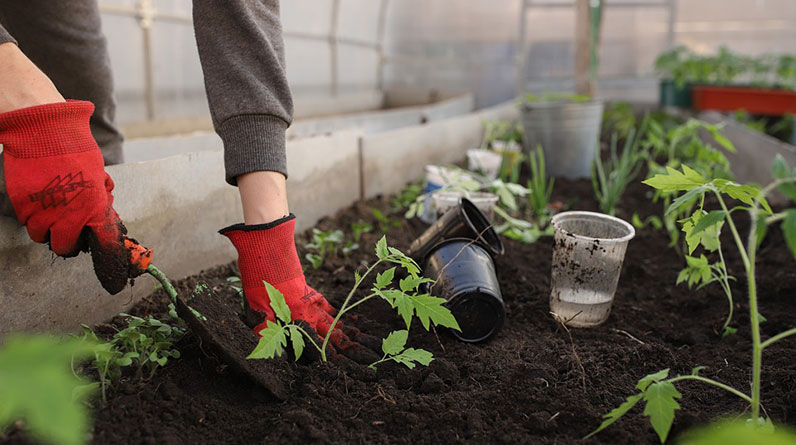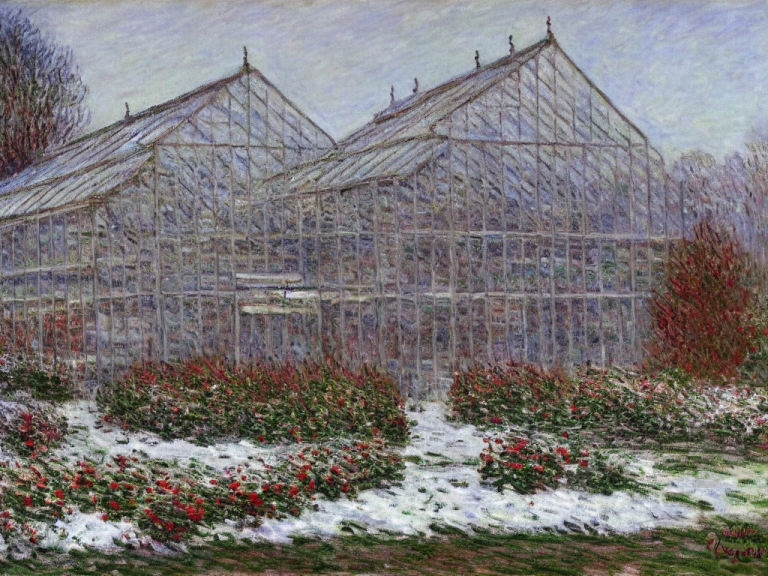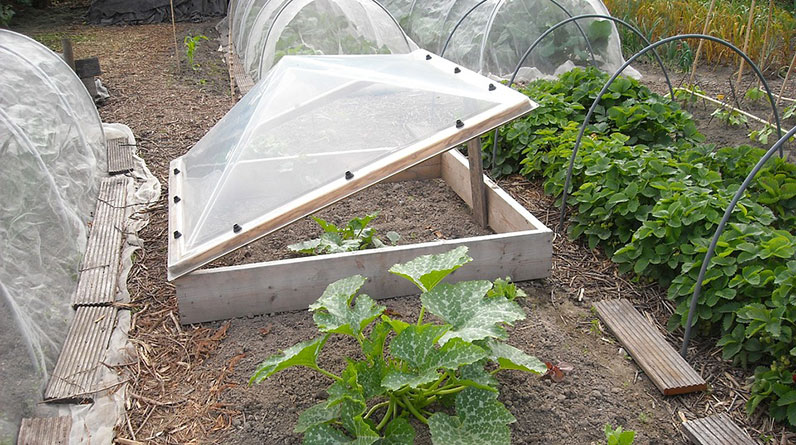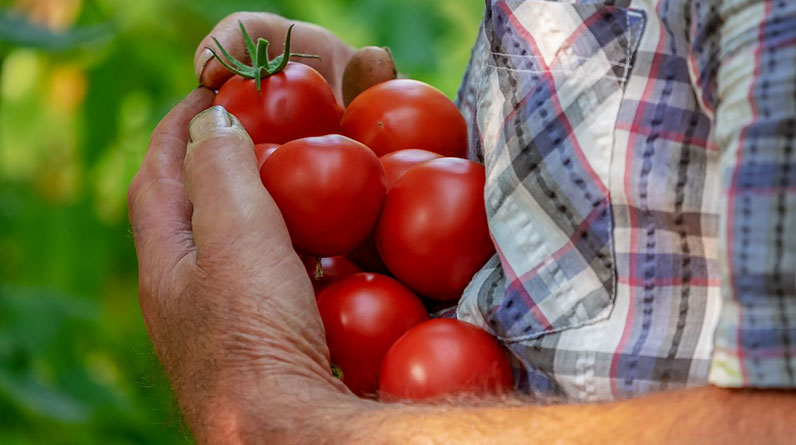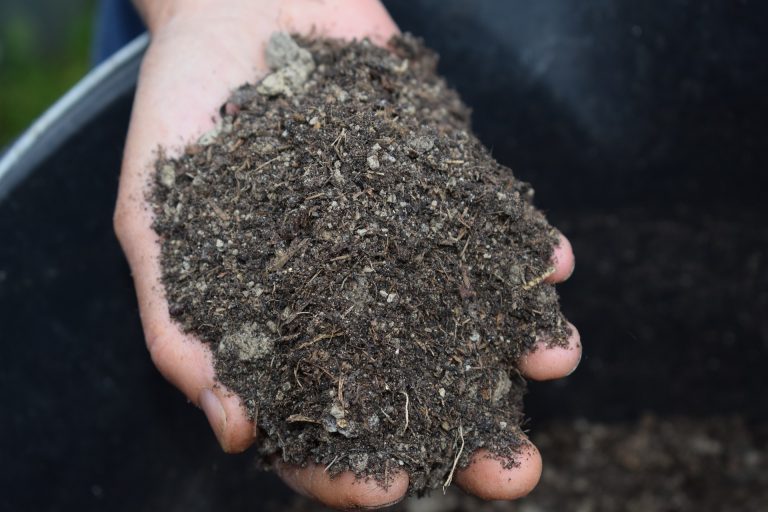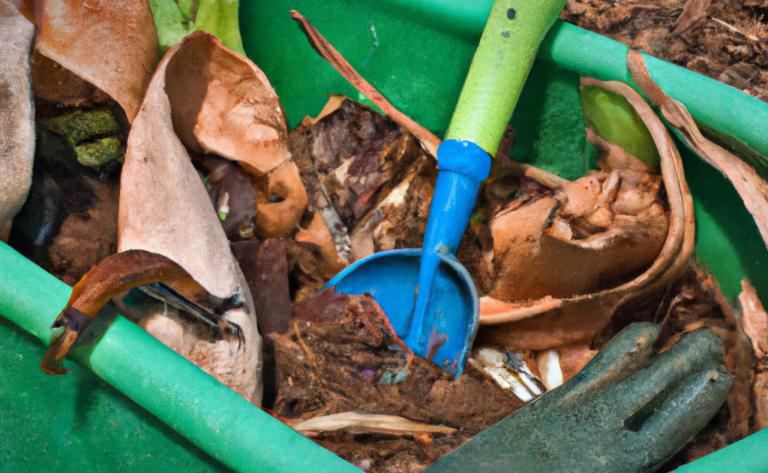Guide to Organic Gardening
Organic gardening is a popular and increasingly popular way to grow fruits, vegetables, and other plants in a natural and sustainable way. It involves using natural methods to grow and care for plants, rather than relying on synthetic chemicals and genetically modified organisms.
Organic gardening has many benefits, including producing healthier and tastier food, protecting the environment, and reducing reliance on synthetic inputs.
If you’re new to organic gardening, it can seem like a daunting task. But with a little bit of knowledge and some careful planning, anyone can start and succeed at growing their own organic food. Here’s a beginner’s guide to get you started on your organic gardening journey.
Choose the Right Location
The first step in starting an organic garden is to choose the right location. You’ll want to select a spot that gets plenty of sunlight (at least 6 hours per day) and has good drainage. Avoid low-lying areas that are prone to flooding and areas with heavy shade.
Additionally, consider the proximity of the location to a water source, as watering can be a time-consuming task in an organic garden. If possible, choose a location near a hose or water spigot to make watering easier. You should also consider the availability of compost or organic matter for enriching the soil. If these resources are not readily available in your chosen location, you may need to transport them to your garden.
Test Your Soil
Before you start planting, it’s important to test your soil to see what nutrients it has and what it may be lacking. You can purchase a soil testing kit at a gardening store or send a soil sample to a testing lab. This will help you determine what amendments, if any, you need to add to the soil to make it suitable for growing plants.
Once you have the results of your soil test, you can add any necessary amendments to the soil. This might include adding compost or other organic matter to improve the soil structure, or adding fertilizers to boost the levels of specific nutrients. Make sure to follow the recommendations of the soil test and the instructions on any fertilizers or amendments you use. It’s also a good idea to check the pH level of your soil, as different plants have different pH requirements. Adjusting the pH of your soil, if necessary, can help ensure that your plants are able to absorb the nutrients they need to thrive.
Prepare the Soil
Once you know what your soil needs, it’s time to start preparing it for planting. If your soil is compacted or heavily clay-based, you may need to loosen it up with a garden fork or tiller. You can also add organic matter, such as compost or well-rotted manure, to improve the soil structure and add nutrients.
In addition to loosening and enriching the soil, it’s also a good idea to remove any weeds or debris that may be present. Weeds can compete with your plants for resources, and debris can harbor pests or diseases. If you have a particularly bad weed problem, you may want to consider using a weed barrier cloth to help prevent new weeds from sprouting up. Make sure to carefully remove any weeds by the roots to prevent them from regrowing.
Choose the Right Plants
When selecting plants for your organic garden, choose varieties that are well-suited to your climate and soil type. Research the specific growing requirements for each plant, including the amount of sunlight, water, and space it needs. You can also consider using companion planting techniques, where different plants are grown together to benefit each other.
Start Planting
Once your soil is prepared and you’ve chosen the right plants, it’s time to start planting. Follow the specific planting instructions for each plant, including the proper spacing and depth. If you’re starting plants from seeds, you can start them indoors in seedlings trays or pots and then transplant them outside once they are large enough.
When planting seedlings or transplants, be sure to water them thoroughly and provide them with adequate sunlight. If you’re planting seeds directly in the ground, make sure to keep the soil moist until the seeds germinate.
Some plants, such as tomatoes and peppers, benefit from being planted in small hills to help improve drainage. As your plants grow, be sure to monitor them for pests or diseases and address any issues as needed.
Water and Fertilize
Proper watering and fertilization are key to the success of your organic garden. Water your plants deeply and consistently, making sure to not overwater or underwater them. Use a drip irrigation system or a soaker hose to deliver water directly to the roots of your plants, rather than watering from above, which can lead to fungal diseases.
When it comes to fertilization, use organic fertilizers such as compost, bone meal, and fish emulsion. Avoid synthetic chemical fertilizers, as they can harm beneficial soil organisms and pollute waterways.
Control Pests and Diseases
One of the challenges of organic gardening is controlling pests and diseases without the use of synthetic chemicals. There are many natural methods you can use, such as introducing beneficial insects, using organic pesticides, and practicing crop rotation. Keep an eye on your plants and be proactive in addressing any issues as soon as they arise.
Another effective method for controlling pests and diseases is to keep your garden clean and well-maintained. Remove any infected or damaged plant parts and destroy them, as they can harbor pests or diseases. Sanitize your gardening tools regularly to prevent the spread of infections. And be sure to water your plants at the base, rather than using overhead irrigation, as this can help to prevent the spread of fungal diseases. By following these practices and using natural methods, you can effectively control pests and diseases in your organic garden.
Harvest and Preserve
As your plants start to produce fruit and vegetables, it’s time to start harvesting. Choose ripe produce and use it fresh, or preserve it by freezing, canning, or drying. You can also consider sharing your excess produce with friends, family, or a local food bank.
When harvesting your produce, be sure to use clean, sharp tools to avoid damaging the plants. If you are preserving your produce, follow proper canning or freezing techniques to ensure that the food is safe to eat. It’s also a good idea to label and date your preserved foods, so you know how long they have been stored. By preserving your excess produce, you can enjoy the fruits of your labor all year round. Enjoy your homegrown, organic produce!
